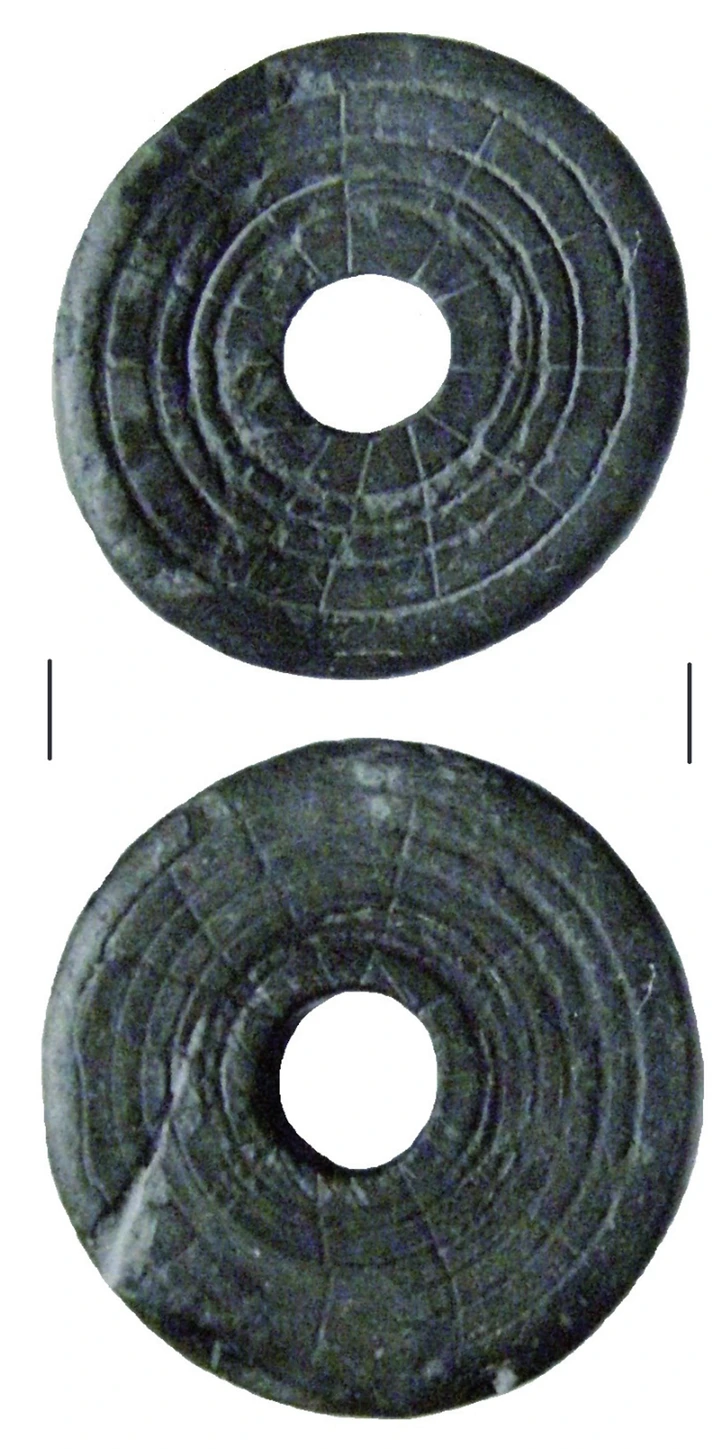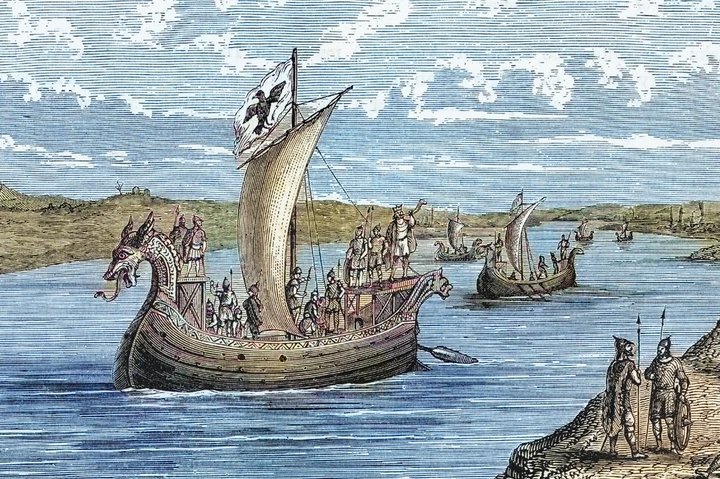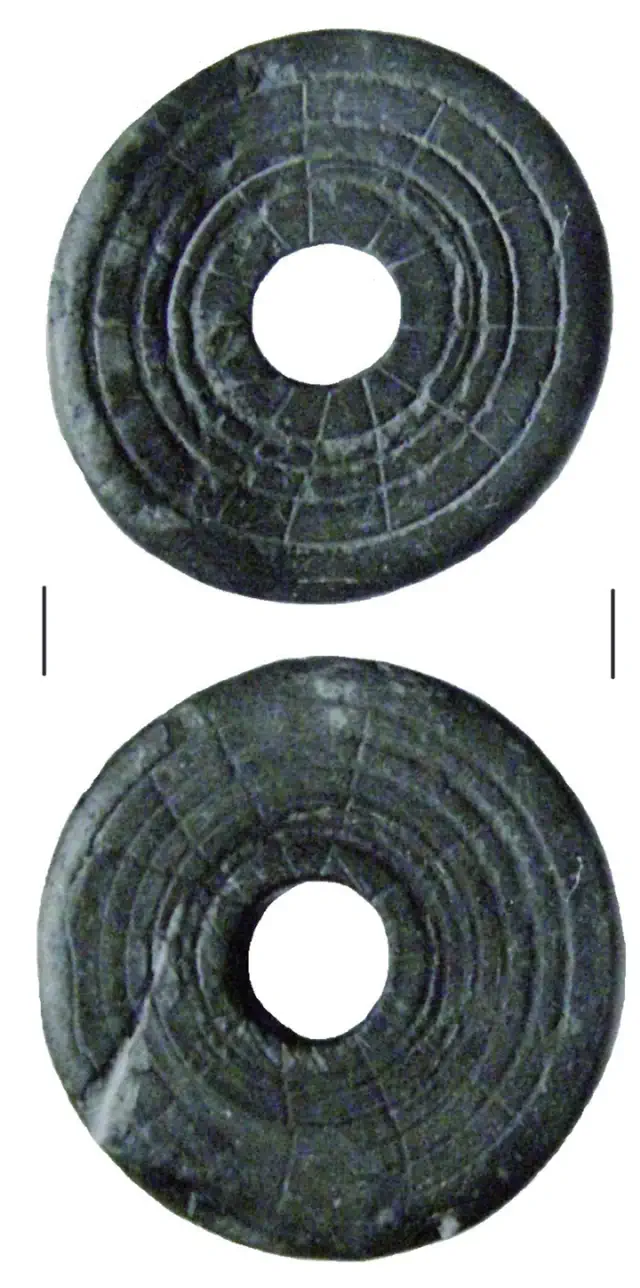The Vikings gained a reputation for their remarkable skills in navigation and shipbuilding.
Recent research suggests that enigmatic stone discs from the medieval period discovered in Ukraine may have served as solar compasses for Viking navigation across the seas.
The eight separate discs, made from mineral pyrophyllite slate and dating back to the 12th and 13th centuries, resemble wooden solar compasses that have been discovered throughout the larger continent.
Experts suggest that the Vikings disseminated their knowledge to various groups outside of Scandinavia, aiding other communities in the advancement of their navigation technologies.
The Polish journal Sprawozdania Archeologiczne has noted that the recently found discs possess characteristics that enabled their function as solar compasses, displaying similarities to artifacts discovered in both Greenland and Poland.

View pictures in App save up to 80% data.
Initially, archaeologists thought the artefacts were utilized as calendars, to sharpen tools, or to create valuable jewelry.
The research indicated that "these discs have been understood in various ways, such as calendars, crafting implements like needle sharpeners and polishing stones, and parts of hand-operated bow drills."
Nonetheless, certain features—such as the striking engravings of rings and lines—prompted specialists to investigate the items with greater scrutiny.
Additional investigation showed that the discs were made during the 12th and 13th centuries, with three specific pieces resembling various European compasses.
The authors of the study noted, "By conducting measurements and surface analysis, we found that three stone discs share characteristics with Viking sun compasses, with only a few instances discovered in Greenland and the Baltic Sea area."
The research has also indicated that the "source of the raw material" implies local production.
They further noted, “Simultaneously, the design and purpose might have been shaped by Scandinavian merchants and seafarers, corresponding with the occurrence of these discs along rivers that were part of the trade route known as ‘from the Varangians to the Greeks.’”
Experts have called for future research and experiments to investigate if the discs truly served a "practical navigational purpose."

View pictures in App save up to 80% data.
The Vikings are frequently regarded as trailblazers in various technological innovations, especially in shipbuilding and navigation techniques..
Their distinctive longboats are recognized for their sleek, wooden design featuring shallow hulls, enabling them to travel significantly faster than other vessels of that era.
Their ability to navigate successfully can be attributed to their carefully designed navigation instruments, including sun compasses that utilized calcite crystals, commonly referred to as "sunstones." These tools allowed them to determine the sun's position in the sky even after sunset or on overcast days.
As a result, Vikings were accustomed to undertaking lengthy voyages, enabling them to navigate across four significant continents.










